Path lighting complements the desired look of a garden
Path lighting is an important component of landscape lighting that extends your living spaces to include the outdoor environment as well as the hours of enjoyment into the night. It is intended to unify the relationship between pathway and landscape lighting in exterior environments. Path lighting creates visual expansion and continuity between the indoors and outdoors by highlighting plants, flowers, low shrubs, and ground cover. It also adds a layer of safety and security by creating pools of light that assists orientation and navigation. Landscape path lighting often refers to spread lighting which uses low-level, evenly dispersed illumination to accent landscape elements along walkways and to define areas to lounge and linger.
Designs and construction of path lights
A path light is a low-level stem mounted light with a hat or shield on top to reflect light from under the top and/or distribute light in a horizontal direction. The capped fixture provides a glare-free, usually circular pool of light that illuminate a safe passage to the home’s entrance while showing off groundcover, low growing shrubs, or flowerbeds nearby the walkway. These fixtures are deployed on either side of the walkways, alternating from one side to the other. The space between the fixtures is kept in an appropriate distance in order to avoid overlapping of beams while leaving no shadows that will affect visibility. Path lights can be constructed from brass, aluminum, or polyester composite. The stem comes with a stake that is useful for stabilizing this light in the ground. The entire assembly is water and weather resistant.
Types of path lights
Path lights are divided into grid-connected and solar powered types. Grid-connected path lights are predominantly low-voltage (12V/24V) fixtures which are safer and more flexible for homeowners to adjust and maintain on their own than line-operated systems. Solar path lights run entirely on power provided by the integrated photovoltaic system. The use of high efficacy LEDs, high energy density rechargeable batteries, high efficiency photovoltaic cells, and high-performing solar charge controllers allows solar path lights to deliver peace of mind and freedom of installation.
In addition to the wiring-free convenience and free energy, solar path lights do not have the voltage drop problem that is encountered in grid-connected low-voltage lighting systems. A long distance (more than 100 ft.) between the transformer and the farthest low-voltage fixture can cause a significant reduction in the voltage reaching the distant fixture due to the wire’s resistance.

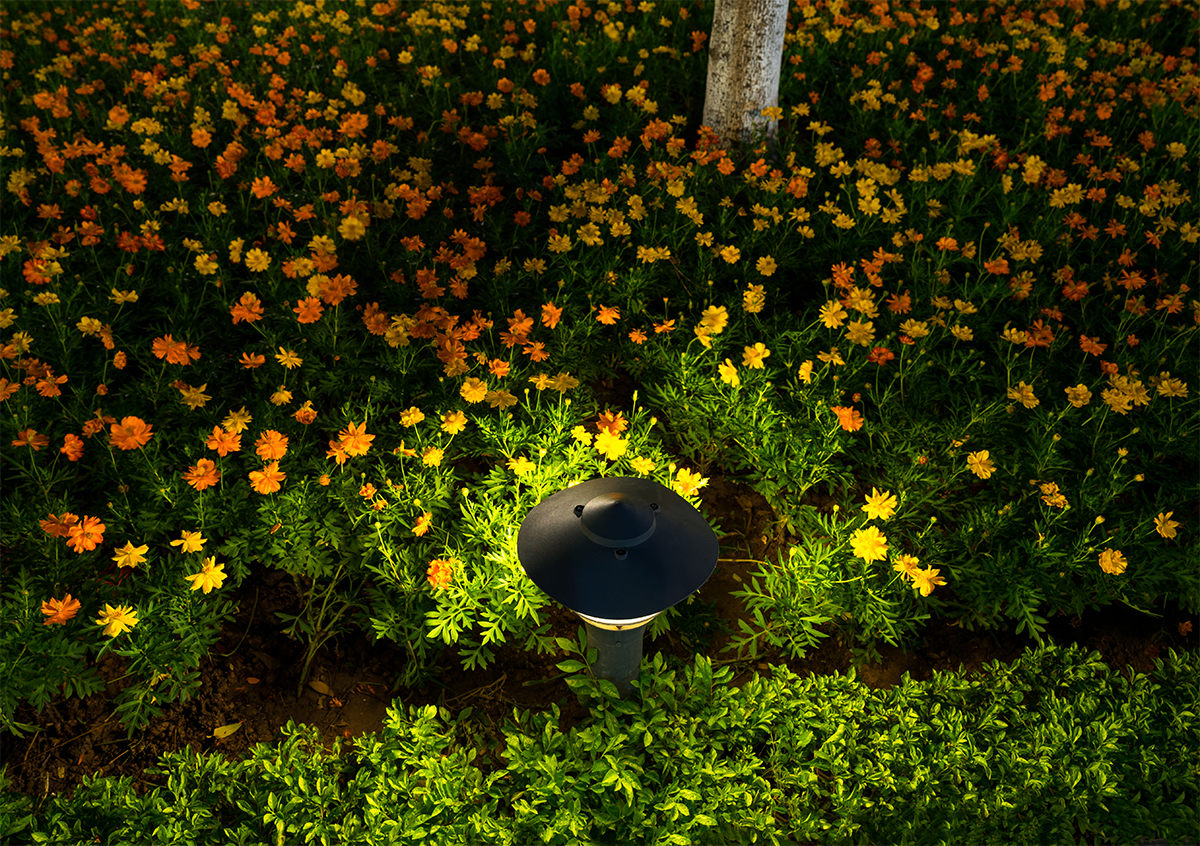





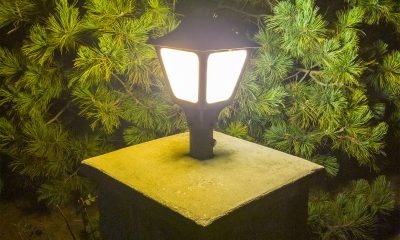
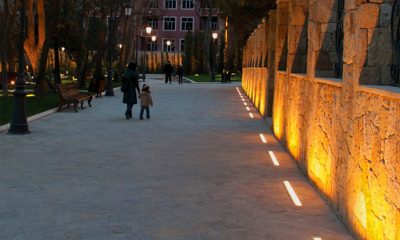
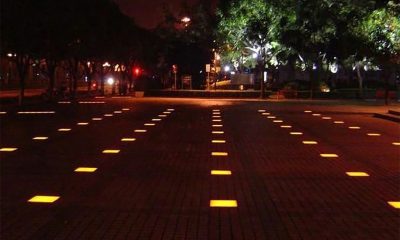


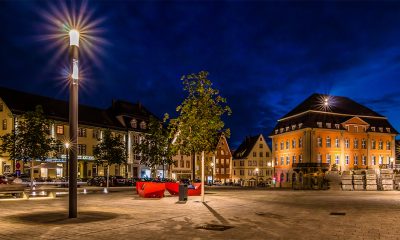






Loading...
New member